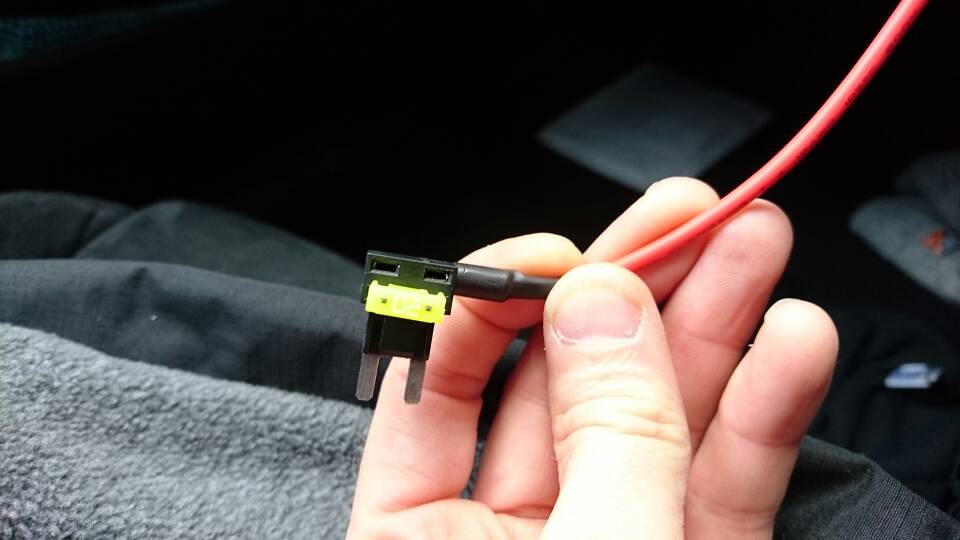I reckon you plan to have it the wrong way around!
If you connect it as you plan and have both fuses the same rating as the original then you can draw twice the original power, however the cable providing the power to the A side of the fuse will probably only be rated to match the original fuse, or in my case the relay supplying power to the A side of the fuse is only rated to match the original fuse.
If you connect it the other way around and keep the original fuse in the bottom slot then the cable/relay providing the power is still correctly protected from overload.
Realistically, if you are only powering a dashcam and fit a 2 or 3 amp fuse in the top and the original 10 or 20 amp fuse in the bottom then there isn't much to worry about whichever way around you have it.
Apologies for resurrecting this again.
TBH I am very glad I saw this post, as I would never have even thought about it!
Maybe I am missing something major here ... but I am really surprised we have conficting views on this.
I think Nigel is totally correct and the other way is both wrong and potentially dangerous.
Just so I definitely get this right.
I think this diagram is the wrong way around.

Facing this way around, Yes both circuits are protected by the desired fuse rating
BUT the supply cable for this fuse socket now has to carry “unfused” the load of both circuits .
IMO the “Hot” or +12V, or powered side of the fuse box should go to the blade on the side of the pig tail.
Fitting it this way means all the power has to go through the original manufacturers fuse (in my case 15A for the cigar lighter) . I intend to put a 7.5A fuse in the top holder ( i.e. protecting my double USB power outlets front and back).
In the event the next owner unwittingly used 7.5A on my new circuit and 15A out of the original Cigar Lighter socket.
As soon as his devices pulled more than 15A; then the original fuse would blow. IMO as it should do as Mercedes only designed the supply cables to take 15A, not 22.5A. (TBH I would hope that Mercedes Margin for error would easily accomodate that, .... but lets face we are after all connecting cheap chinese tat! )
OK thats my view
but have I got it right?
Namely that the powered/hot side of the fusebox socket must go to the side of the Piggy back with the pigtail?
Postscript:
1. As I am not a trained auto electrician, I rarely mess with car electrics, but if I do; I want to make sure its done to a professional std. - note after picking up a new SL500 with a custom 1000w amp fitted, I was ignominiously pulled over by the Police on the Motorway! “Excuse me sir I think your car is on fire!” Opened the boot and a gush of smoke enveloped us. Apparrently the technician had done something wrong, and it was seconds away from bursting into flames ... it cost Mercedes > £3,000 to rectify. ( all new boot liners, parts of the hood covering etc.) a real leveller!
2. Sure in the real world, just fitting a dashcam with such a low current draw, I agree probably would never matter.
3. So why the hell am I bothering? Bluntly er ... public liability!.
If say I fit a double USB front and back. And the next owner decides to connect some of these new USB C devices .. and use the original Cigar lighter (in my case) all at the same time. This could potentially induce a huge current overload.
4. Looking with a dentists mirror underneath this fuse block thingy, there seem to be wires of all different sizes coming out of it. So there is a possibility the feed for different fuses could be “sized” for each circuit i.e. not capable of supplying a given increase.



